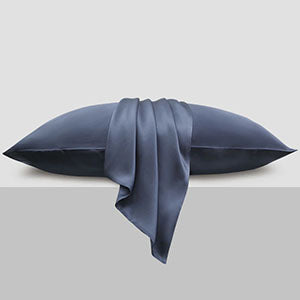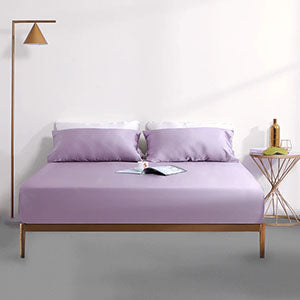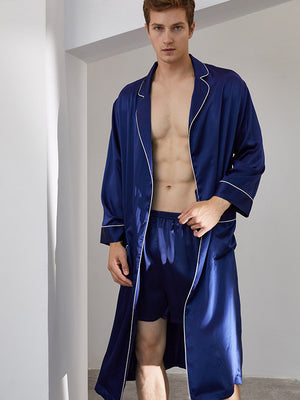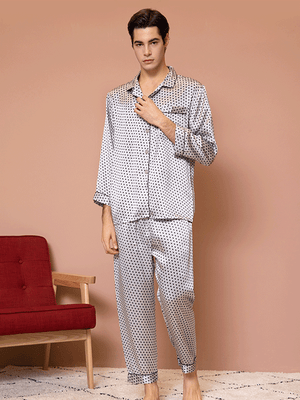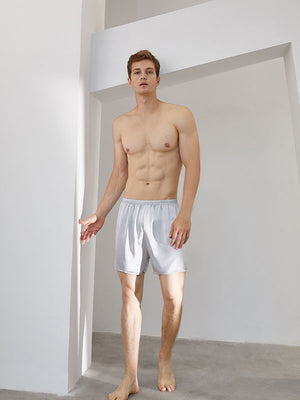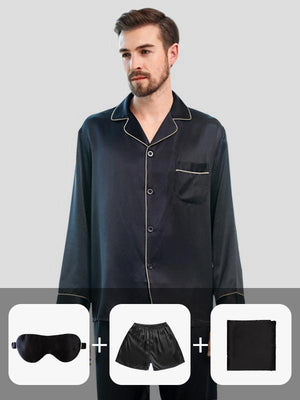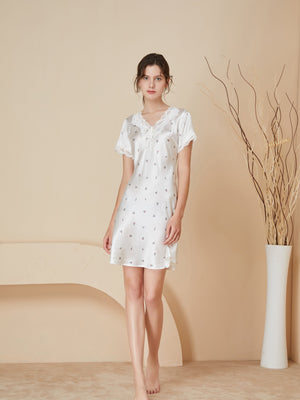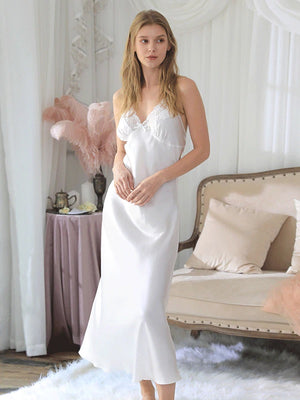Are Silk Pajamas Hot to Sleep In? Exploring Comfort, Breathability, and Sleep Quality
- ved wangfred
-

When it comes to bedtime attire, few fabrics spark as much debate as silk. Its luxurious texture and reputation for elegance often clash with concerns about practicality—especially the burning question: Are silk pajamas hot to sleep in? Let’s unravel the science behind silk’s thermal properties and how they impact your sleep experience.
The Science of Silk Fabric
Silk is a natural protein fiber produced by silkworms, known for its smooth surface and lightweight structure. Unlike synthetic materials, silk fibers contain tiny triangular prisms that reflect light, giving the fabric its characteristic sheen. But how does this translate to temperature regulation?
- Natural Thermoregulation: Silk adapts to body temperature, providing warmth in cooler conditions and cooling effects in heat.
- Moisture-Wicking Abilities: It absorbs up to 30% of its weight in moisture without feeling damp, pulling sweat away from the skin.
- Breathability: The fabric’s loose weave allows air to circulate, preventing heat buildup.
Silk vs. Other Fabrics: A Heat Comparison
To understand whether silk pajamas feel hot, compare them to common sleepwear materials:
| Fabric | Breathability | Moisture Control | Heat Retention |
|---|---|---|---|
| Silk | High | Excellent | Moderate |
| Cotton | Moderate | Good | Low |
| Flannel | Low | Poor | High |
| Polyester | Very Low | Fair | Variable |
While silk retains some warmth, its breathability and moisture management often offset the sensation of overheating—a balance flannel and polyester struggle to achieve.
When Do Silk Pajamas Feel Too Warm?
Silk’s performance depends on external factors:
- Climate: In humid environments, silk’s moisture-wicking shines. However, in extremely dry heat, some sleepers may prefer open-weave cotton.
- Weave Density: Charmeuse silk (tightly woven) feels warmer than habotai (looser weave).
- Layering: Pairing silk pajamas with heavy blankets may create excessive warmth.
Myth Busting: Common Misconceptions
Myth 1: “Silk is only for cold weather.”
Reality: Lightweight silk variants work year-round—their temperature regulation adapts to seasons.
Myth 2: “Silk causes night sweats.”
Reality: Silk’s moisture-wicking properties often reduce sweat buildup compared to synthetic fabrics.
Optimizing Silk for Sleep Comfort
Maximize silk pajamas’ benefits with these tips:
- Choose a momme weight between 12–19 for sleepwear (lighter than bedding silk).
- Opt for pure silk blends over mixed fabrics to maintain breathability.
- Wash in cold water with mild detergent to preserve fiber integrity.
What Sleepers Are Saying
A 2023 survey of 1,200 silk pajama users revealed:
- 68% reported improved sleep quality compared to cotton
- 22% found silk “slightly warm but not uncomfortable”
- 10% switched back to other fabrics, citing personal preference for crisp textures
The Verdict: Personal Preference Meets Science
Silk pajamas aren’t inherently hot—they create a microclimate that adjusts to your body. While they may feel warmer than thin cotton, their superior breathability prevents the stifling heat associated with synthetics. The key lies in selecting the right weave and weight for your environment.
Ready to transform your sleep routine? Silk’s temperature-balancing act might just be your ticket to waking up refreshed—no night sweats attached. Why not slip into a pair tonight and let your skin decide?
